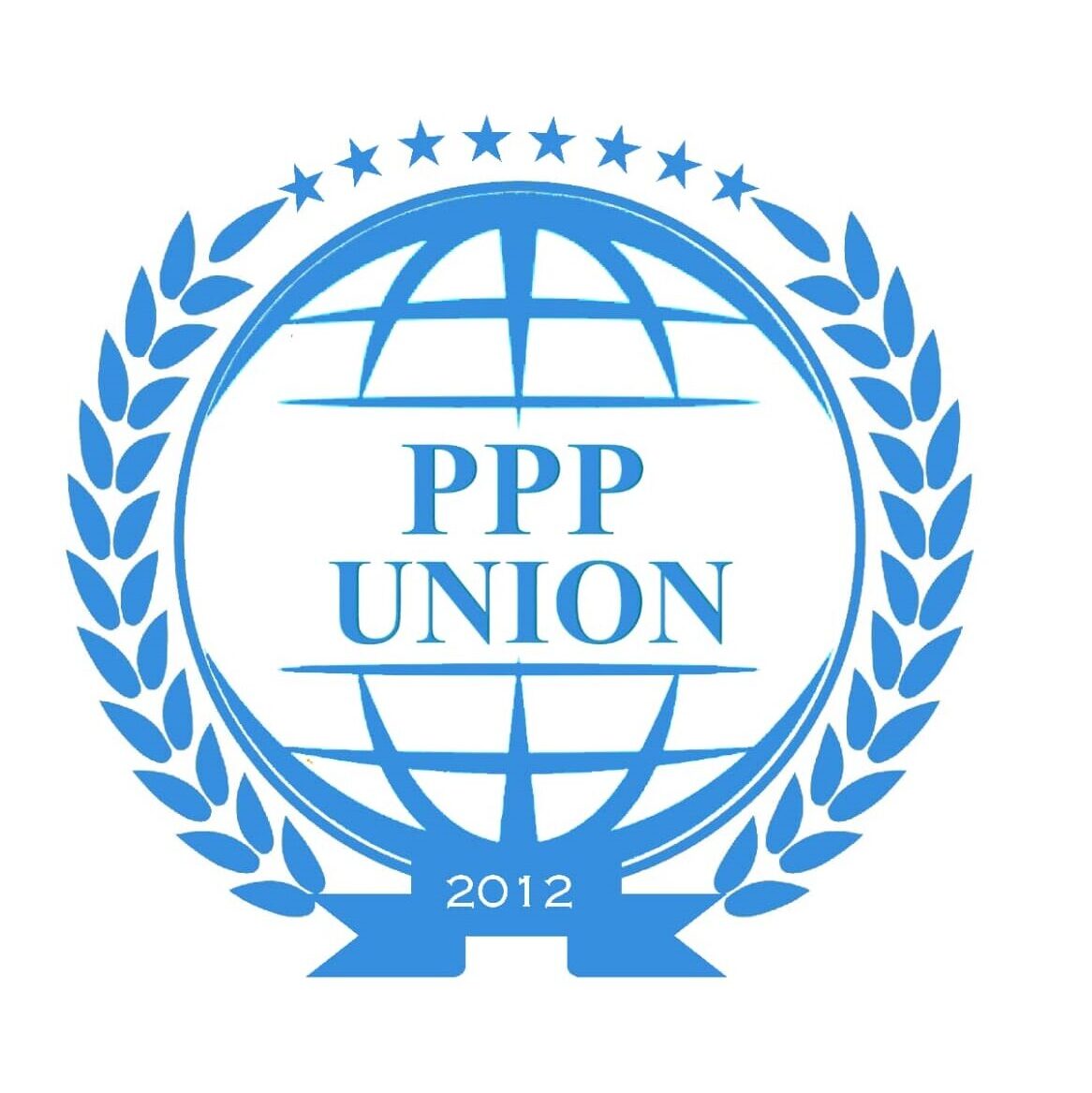Public-private partnerships allow large-scale government projects, such as roads, bridges, or hospitals, to be completed with private funding. These partnerships work well when private sector technology and innovation combine with public sector incentives to complete work on time and within budget. Risks for private enterprise include cost overruns, insurance, Lawyers fee, technical defects, and an inability to meet quality standards, while for public partners, agreed-upon usage fees may not be supported by demand for example, for a toll road or a bridge. Despite their advantages, public-private partnerships are often criticized for blurring the lines between legitimate public purposes and private for-profit activity, and for perceived exploitation of the public due to self-dealing and rent-seeking that may occur.
Partnerships between private companies and governments provide advantages to both parties. As the Public Private Partnership is known a good system for SGD’s therefore more than 120 countries have been established special authority for PPP promoting, managing, training and contracting. There are names of few countries in below schedule, select a country name and click to find the relevant country PPP center, Projects and initial information concern to subject country.
Please click on the name of country to open the page,
|
|
|
|
|
|
|
|
|
|
|
|
|
|
|
|
|
|
|
|
|
|
|
|
|
|
|
|
|
|
|
|
|
|
|
|




























